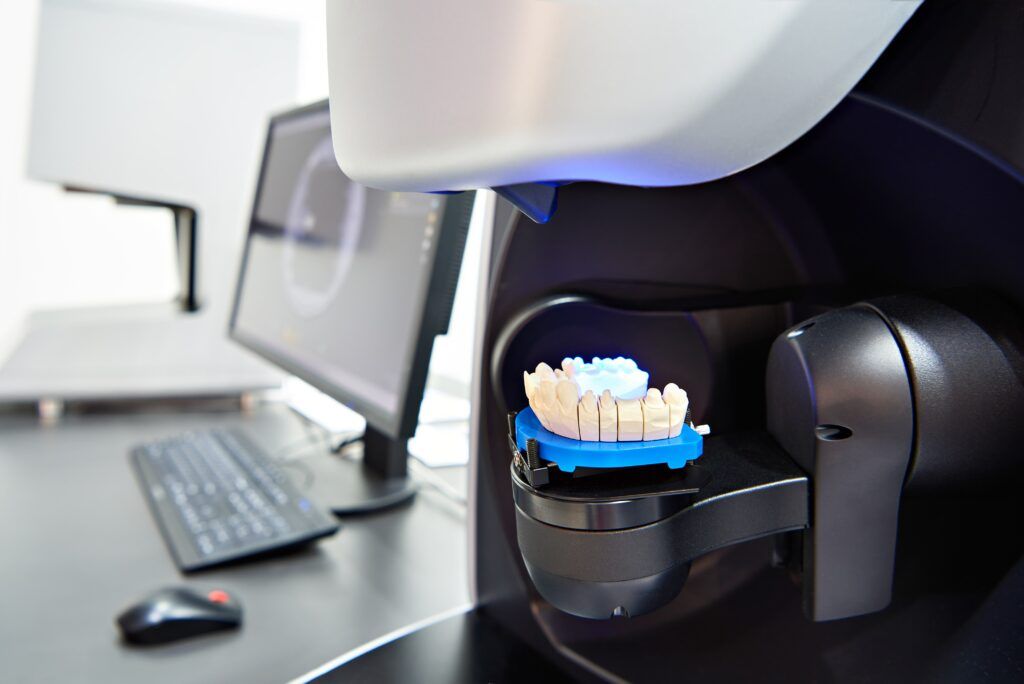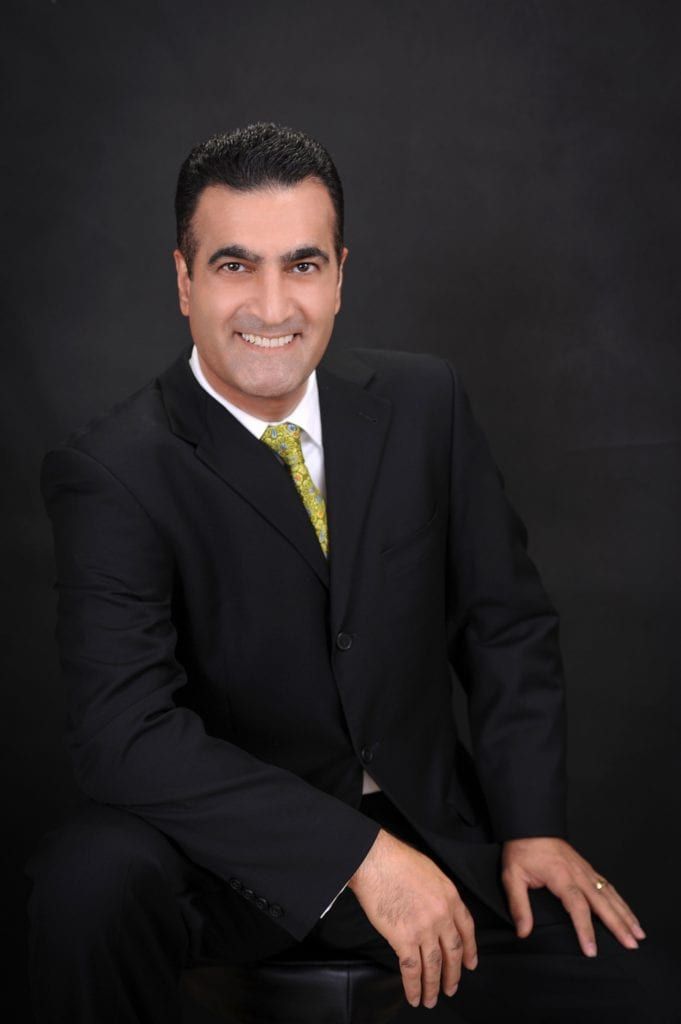Artificial intelligence (AI) is a rapidly advancing technology that has become increasingly important in many fields, including dentistry. While it may seem like something straight out of a science fiction novel, AI is becoming more of an everyday occurrence. In this blog, we will explore what AI is, how it is currently used in dentistry, and what the future looks like for dental AI.
What is artificial intelligence (AI)?
Artificial intelligence (AI) refers to the ability of computer systems to perform tasks that would normally require human intelligence to complete. This can include tasks such as learning, problem-solving, decision-making, and even perception. AI systems are designed to analyze and interpret data, recognize patterns, and make predictions or decisions based on that data. AI technology can be categorized into two main types: narrow or weak AI, which is designed to perform a specific task or set of tasks, and general or strong AI, which is designed to perform any intellectual task that a human can do. AI has a wide range of applications across many industries, including healthcare, finance, transportation, and more. In dentistry, AI is being used for a variety of purposes, including image analysis, treatment planning, and patient communication, among others.
AI in Dentistry

AI in dentistry is currently being used for a variety of purposes. Image analysis and diagnosis is one area where AI is being utilized. This involves using algorithms to analyze radiographs, 3D imaging, and intraoral images to detect dental diseases and conditions. AI is also being used for treatment planning and prediction, providing dentists with valuable insights into the most effective treatment options for individual patients. Personalized treatment plans are also being developed using AI algorithms to tailor treatments to each patient’s specific needs. Additionally, dental robotics are being used to improve efficiency and precision during procedures, while patient communication is being enhanced through the use of AI-powered chatbots and voice assistants.
Advantages Associated with AI
There are several advantages to using artificial intelligence (AI) for dental applications, including:
- Improved accuracy and efficiency: AI algorithms can analyze large amounts of data quickly and accurately, allowing dentists to make more informed diagnoses and treatment decisions. This can result in more accurate diagnoses, better treatment planning, and improved patient outcomes.
- Predictive analytics: By analyzing patient data, AI algorithms can identify patients who may be at risk for certain dental conditions before they occur. This allows for early intervention and preventative care, potentially reducing the need for more invasive and costly treatments down the line.
- Personalized treatment planning: AI algorithms can analyze patient data and develop personalized treatment plans based on each patient’s unique needs. This can lead to more effective treatments and better patient outcomes.
- Dental robotics: AI-powered dental robots can assist dentists during procedures, improving efficiency and precision. This can reduce treatment times and costs, while also improving patient comfort and satisfaction.
- Patient communication: AI-powered chatbots and voice assistants can improve patient communication and engagement, providing patients with quick and accurate answers to their questions and concerns.

Overall, AI has the potential to revolutionize dentistry by improving accuracy, efficiency, and patient outcomes, while also reducing costs and increasing access to care. As AI technology continues to advance, it is likely that we will see even more benefits in the years to come.
The Future of AI in Dentistry
The future of AI in dentistry is very promising. Improved diagnostic accuracy, predictive analytics, and personalized treatment planning are all expected to become even more advanced, allowing for earlier intervention and more effective treatments. Dental robotics are also predicted to become more sophisticated, capable of performing even more complex procedures with greater accuracy and efficiency. Augmented reality is also expected to be used more frequently, allowing dentists to visualize and plan treatments in 3D, improving precision and accuracy during procedures. Furthermore, digital impression scanning technology is predicted to become more advanced, allowing for more accurate and efficient impressions of patients’ teeth, reducing the need for uncomfortable and time-consuming traditional impression techniques.
In Conclusion
In conclusion, AI is an important technology that is already making a significant impact in dentistry. Its use is improving accuracy and efficiency in diagnosis and treatment, leading to better patient outcomes and satisfaction. The future of AI in dentistry is very promising, with improved diagnostic accuracy, predictive analytics, and personalized treatment planning all expected to become even more advanced. By embracing AI technology, dental practices can provide more effective and efficient care, ultimately leading to better oral health for patients.

Dr. Sadati possesses extensive experience in all aspects of advanced restorative dentistry, with an emphasis in cosmetic and implant dentistry. He has attained Accredited Fellow status in the American Academy of Cosmetic Dentistry (AACD), the most rigorous, demanding credentialing process in the world. He is the only AACD Accredited Fellow in South Florida.


